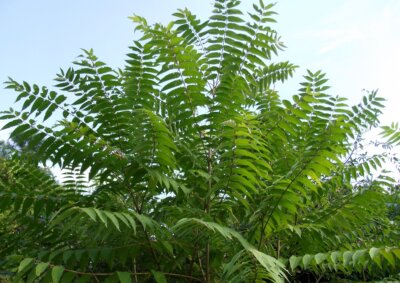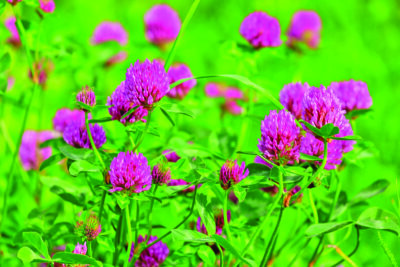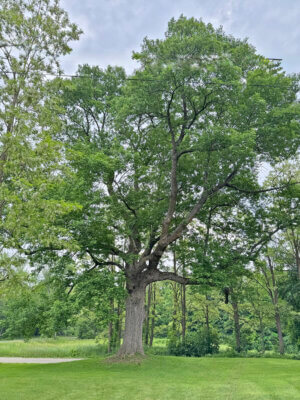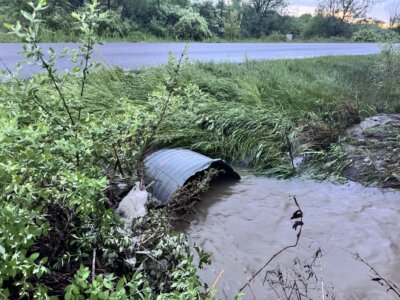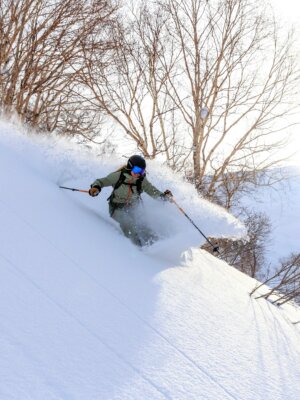Counting bats, taking a bite out of mosquitoes
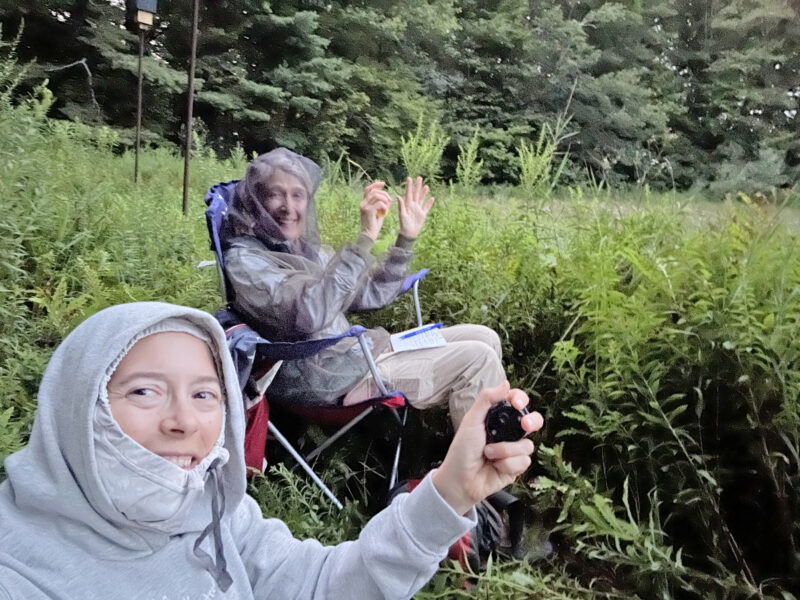
Allaire Diamond and Elizabeth Bassett counting bats in the gathering darkness. They tallied about 300 of the endangered Indiana bats emerging and scattering into the darkness, enough to eat around 250,000 insects an hour.
Got mosquitos?
Just kidding, of course you do. Oodles of rain, saturated ground and acres of standing water all contribute to our summer swarms.
Insect bounty is also an indication of declining bird and bat populations. A single little brown bat can devour more than 1,000 mosquito-sized insects in an hour.
Recently I witnessed flying signs of hope in Hinesburg. Enveloped in bug netting and sprayed with picaridin, I ventured out at dusk to join a group of volunteers counting Indiana bats.
This species has been listed as federally endangered since 1967. With climate change, these bats have been moving northward and are now found in the southern Champlain Valley. While Indiana bats winter in caves, summer roosting habitat is traditionally in dead or dying trees or live trees with loose bark, like shagbark hickories.
Small mammal biologist Alyssa Bennett with the Vermont Fish and Wildlife Department said, “This colony of Indiana bats are forest bats that traditionally live and roost in the bark of shagbark hickories. They have adapted to living and reproducing in bat houses, unusual behavior.”
We sat close enough to our assigned bat house to hear rustling, clicking and high-pitched chatter as the tiny mammals awakened from their daytime slumbers. As the light waned, the bats darted from the bottom of the house, at first every 20-30 seconds, then in clusters that made accurate counting nearly impossible.
After about 45 minutes the exodus slowed and then stopped. My partner and I compared our counters. Our numbers were close; we had observed nearly 300 Indiana bats emerging and scattering into the darkness. Imagine, more than a quarter million insects per hour consumed all night long.
This successful colony, where volunteers have counted more than 800 bats this season, is important. Several species of Vermont bats have suffered population decline of more than 90 percent since the fungal disease white-nose syndrome arrived in the region in 2008-09, netting a loss of more than 5.7 million bats in the northeastern United States since 2006.
Locally, the preferred summer habitat of Indiana bats includes forest-field edges, wooded hills in the Champlain Valley and fresh water like the LaPlatte River and Otter Creek. Vermont Fish and Wildlife Department is working with volunteers and landowners to protect habitat and monitor populations.
Consider installing a bat house on your property. Fish and Wildlife Department’s website includes information about attracting bats and building houses. Maybe, just maybe, your mosquitoes would vanish.
Birds
It’s not often that there is a deadline to spend money at Charlotte Park and Wildlife Refuge. The Vermont Land Trust, in partnership with the park, recently won a $25,000 grant from Cornell University’s Land Trust Small Grant Program to increase avian habitat. Funds must be spent within a year to create shrubland breeding habitat for golden-winged warblers.
Charlotte donors have contributed an additional $15,000 to supplement this grant. The project will also benefit from an in-kind contribution from the Fish and Wildlife Foundation.
About a dozen Charlotters, plus a plethora of mosquitoes, joined a recent evening walk with Mark LaBarr of Audubon Vermont who outlined the work to be done. The grant will be used to clear 11-14 acres of invasives species, tree-sized bush honeysuckle and European buckthorn, and to replant with native trees, shrubs and forbs. Removing these invasives will allow existing native trees and shrubs, including gray dogwood and nannyberry, to thrive along with goldenrod, Joe Pye weed, sedges and grasses.
This parcel abuts acreage in the park already being managed and monitored for warblers. Similar work was done in 2020 on adjacent property at the former Nordic Farms, also funded by Cornell.
Vermont Land Maintenance, a firm specializing in land restoration efforts, will remove the invasives using specialized equipment. Volunteers will follow with planting and management.
The park hopes to have the work done by the end of this calendar year.
We can hope the warblers also love mosquitoes.
Related Stories
Popular Stories
If you enjoy The Charlotte News, please consider making a donation. Your gift will help us produce more stories like this. The majority of our budget comes from charitable contributions. Your gift helps sustain The Charlotte News, keeping it a free service for everyone in town. Thank you.
Andrew Zehner, Board Chair




